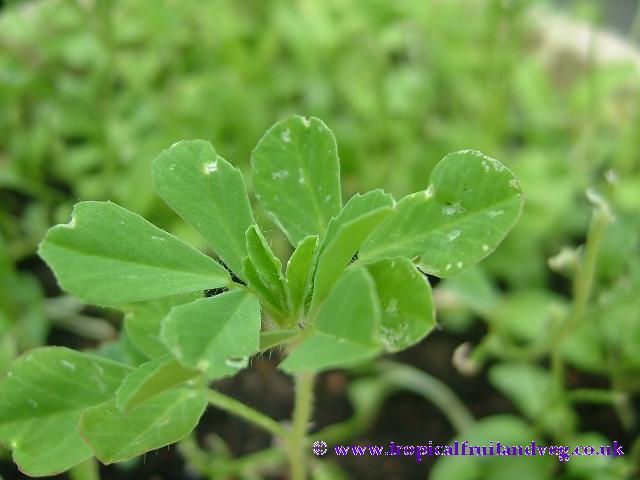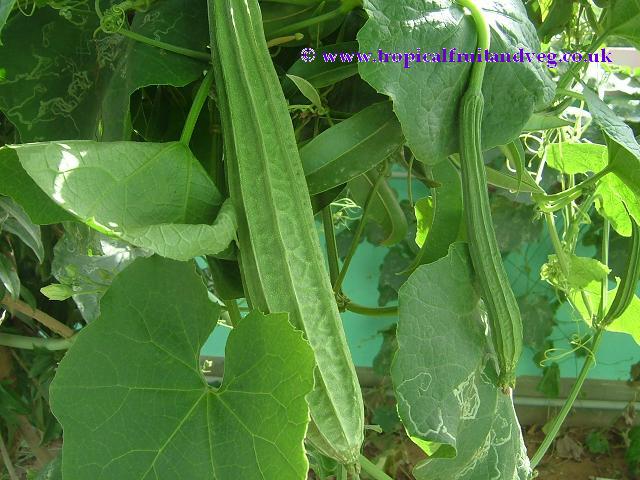| Health: 31 to 35 of 81 NextPage Go to Page: 1 2 3 4 5 6 7 8 9 10 11 12 13 14 15 16 17 | |

|
Fenugreek
Botanical Name: Trigonella foenum-graecum Fenugreek has been consumed for its health benefits for thousands of years. Fenugreek is used as a diaphoretic, it is able to bring on a sweat, and help detox the body. It is a valued herb for all mucus conditions of the body, particularly the lungs, by helping to clear congestion. Use for head colds, influenza, catarrh, bronchial complaints, asthma, emphysema, pneumonia, pleurisy, tuberculosis, sore throat, laryngitis, hay fever and sinusitis. It is also used to treat arthritis and reduce cholesterol levels in the blood. |

|
Fig
Botanical Name: Ficus carica The latex is widely applied on warts, skin ulcers and sores, and taken as a purgative and vermifuge, but with considerable risk. In Latin America, figs are much employed as folk remedies. A decoction of the fruits is gargled to relieve sore throat; figs boiled in milk are repeatedly packed against swollen gums; the fruits are much used as poultices on tumors and other abnormal growths. The leaf decoction is taken as a remedy for diabetes and calcifications in the kidneys and liver. Fresh and dried figs have long been appreciated for their laxative action. |

|
Ginger
Botanical Name: Zingiber officinale Ginger root is an effective treatment for nausea caused by motion sickness and also contains many antioxidants. Powdered dried ginger root is made into capsules for medicinal use. Chinese women traditionally eat ginger root during pregnancy to combat morning sickness. |

|
Gisuri
Botanical Name: Loofa acutangula The vegetable is high in dietery fibre. |

|
Guar
Botanical Name: Cyamopsis tetragonoloba, C. Psoralioides Guar vegetable contains high amounts of dietary fibre. |
| 31 to 35 of 81 NextPage Go to Page: 1 2 3 4 5 6 7 8 9 10 11 12 13 14 15 16 17 | |